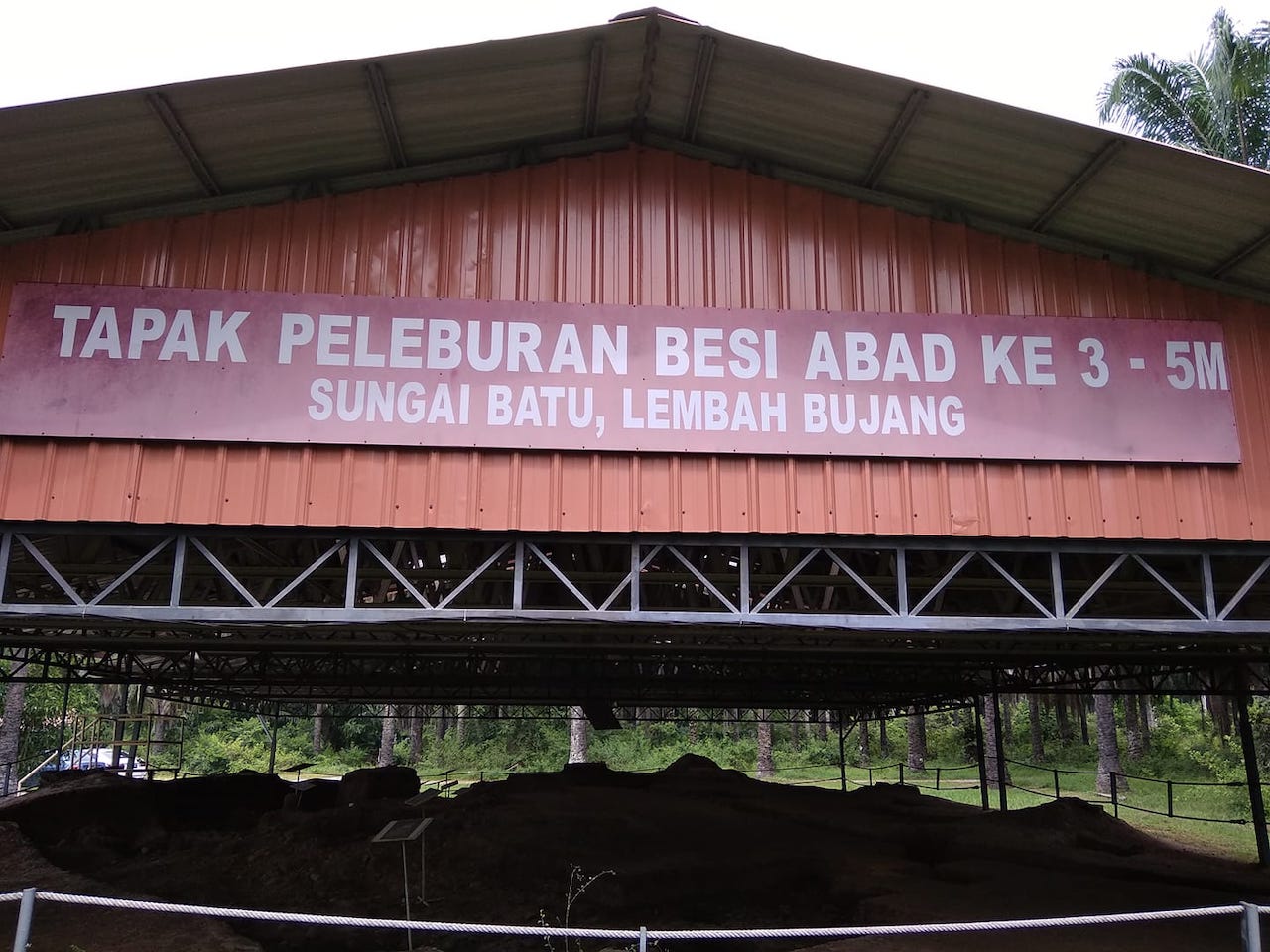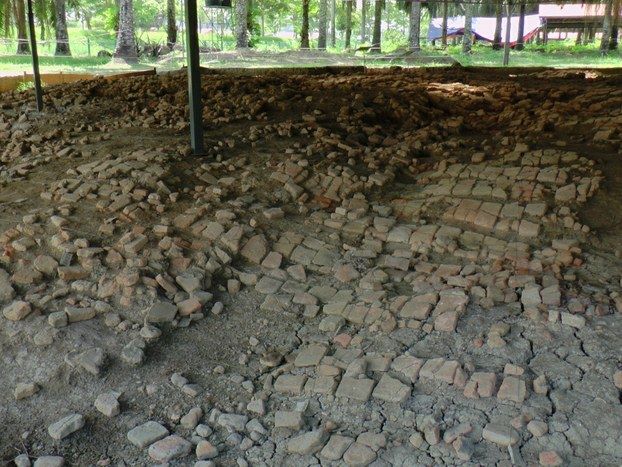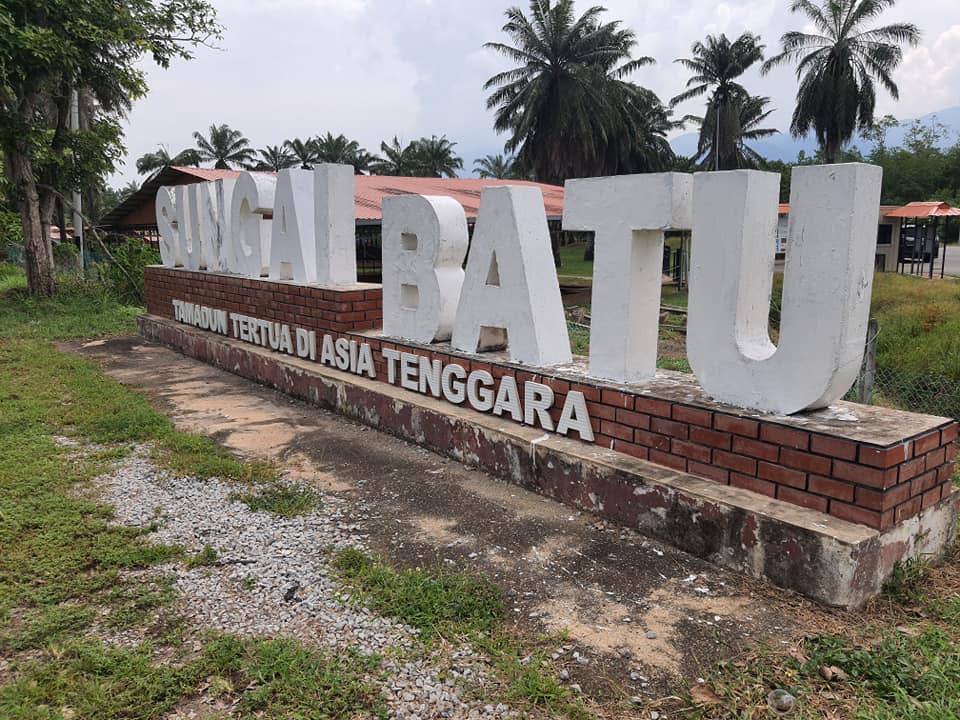Is Malaysia about to lose its lost civilisation again?
Painstaking work is revealing the wonders of Sungai Batu archaeological site, but political inertia means it’s now in danger of disappearing again, this time forever.
Just In
Malaysia is dangerously close to losing what may be its most important ancient site unless somebody with influence comes to its defence.
The Sungai Batu Archaeological Complex in Kedah has seen generations come and go but the current one will be the one that seals its fate.
The four-square-kilometre site is buried under an oil palm plantation near Sungai Petani, in which since 2009 researchers have discovered astounding relics that are more than 2,000 years old: the handiwork of a mysterious, unrecorded civilisation.
Older than both Angkor Wat in Cambodia and Borobudur in Indonesia, which were built in the ninth and 12th centuries respectively,the site was declared the oldest civilisation in Southeast Asia by five archaeological bodies representing the world’s five major civilisations, namely Mesopotamia, Indus, Mesoamerica, China, and Greece-Rome.
Whoever lived there disappeared centuries ago and as more contemporary peoples came and went, forest grew over the structures, obscuring them from view.
Closer to the modern day, the land was cleared for a rubber estate, and later converted to the oil palm plantation under which it lies.

USM Global Archaeology Centre’s director and associate professor Mokhtar Saidin, said that the unearthed artefacts are giving up their secrets to modern science.
“We have proof of civilisation existing there as early as 50 BC, but we do not rule out an earlier time period. Therefore, the Sungai Batu site, based on the estimated timeline, appears to be the oldest civilisation in Southeast Asia.”
Mokhtar noted that archaeologists have discovered remnants of iron smelting activities and a jetty on the river, which indicated trading activities.
It is obviously a site of immense historical significance.
However, instead of being protected, since 2008 a squatter settlement has grown up next to the site, separated only by a flimsy fence.
One of the problems preventing a solution being found is that the squatters live on land belonging to the state government while the archaeological site belongs to the federal government.
“The settlement consists of 20 houses and is less than 10 metres from the area where archaeological work is being carried out,” said Nur Dini, a local activist.
The first thing visitors to the site see is the squatters’ “maahad tahfiz” or Quran school.
In 2014, the Kedah government asked the school to relocate, and its officials demanded compensation of RM1 million to do so,” Nur told MalaysiaNow.
“This means the settlement will stay where it is, and the researchers will have to move their research containers and all their equipment elsewhere,” she said.
Recently the state government approved a plan to construct a road in the settlement over parts of the dig.
Nur Dini said researchers will be allowed to survey the land on which the road will be built to ensure there are no ancient artifacts buried there.
“The problem is, researchers cannot survey the land thoroughly because of the houses and the tahfiz building,” she said. “They are located opposite the archaeological site which we know contains invaluable historical remains.”
She posted on social media about the road construction issue and the threat of losing valuable artefacts and it soon became a hot topic for history enthusiasts.
In response, Kedah Menteri Besar Muhammad Sanusi Md Nor said in a recent statement that the state government is working to find a solution to this issue.
However, he has said most of the squatters are poor and cannot relocate immediately.
MalaysiaNow attempted to contact Mokhtar to comment on this matter but got no response.

In the past, Mokhtar has pointed to the tragic loss of many artefacts in Sungai Batu over time, due to pillaging and removal of topsoil for plantations.
“There should have been many more remains, like beads and implements. For sure people have stolen these,” he has said. “In fact, almost one metre of topsoil, along with any artefacts in that layer, has been removed.”
He said the dig was started just in time. “If we had arrived any later, all these discoveries here would also have been gone.”
The settlement is not the only threat facing the ancient site. Nur Dini said that a substantial portion of the site belongs to a company which wants to build on it.
“There was a plan to build a housing project on the site. A developer owned the land when the excavations began,” she said.
“The developer’s machinery was ready to roll, but after a meeting with a state Exco, the developer deferred its project. They are waiting for the state government to buy up their land,” she said.
One incident has already highlighted how lack of awareness can destroy historical structures on the site. The remains of a building called Temple No. 11 were levelled and lost in 2013 during a construction job.
Ahmad Murad Merican, a professor at the International Institute of Islamic Thought and Civilisation, says the government needs to get serious about defending the history of the country.
“A comprehensive archaeological act is needed to administer work there and organise research, excavations, preservation, conservation, promotion, facilities, as well as necessary finance,” he told MalaysiaNow.
“All should fall under a single authority. The act should be administered by a commission and their jurisdiction should overrule local and state government.”
He added that the government must see this as a permanent investment that would be more than just a tourist attraction and that what needs to be done is a grand narrative of the age of the nation.
“We have to promote the fact that Malaysia is not 60 plus years old, but more than 2,500 years old,” he said.
“But we have to start now.”
Subscribe to our newsletter
To be updated with all the latest news and analyses daily.
